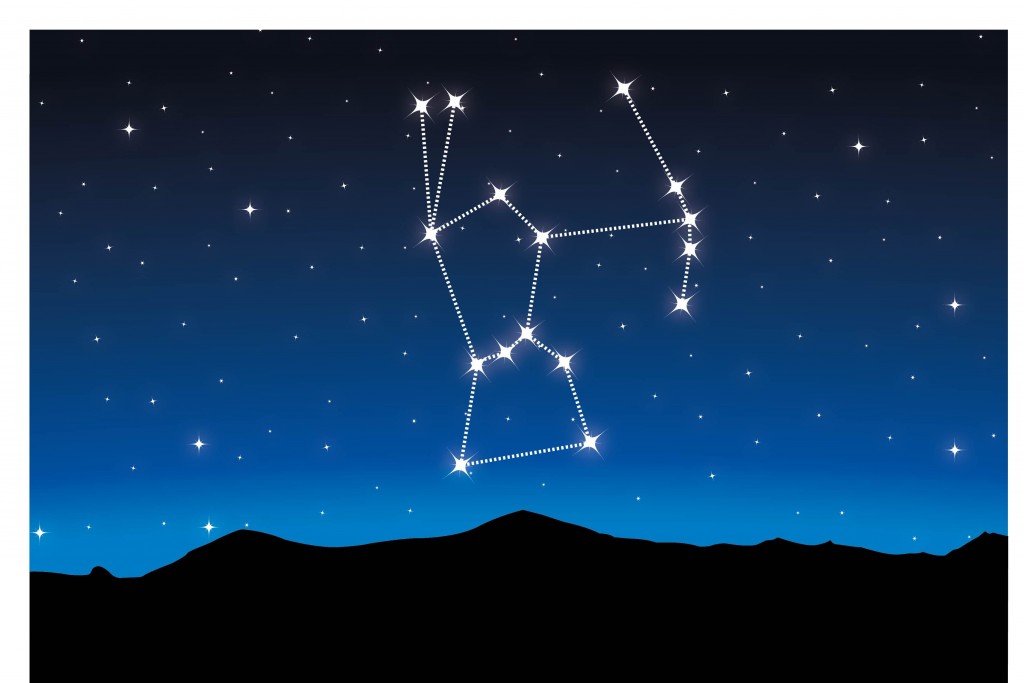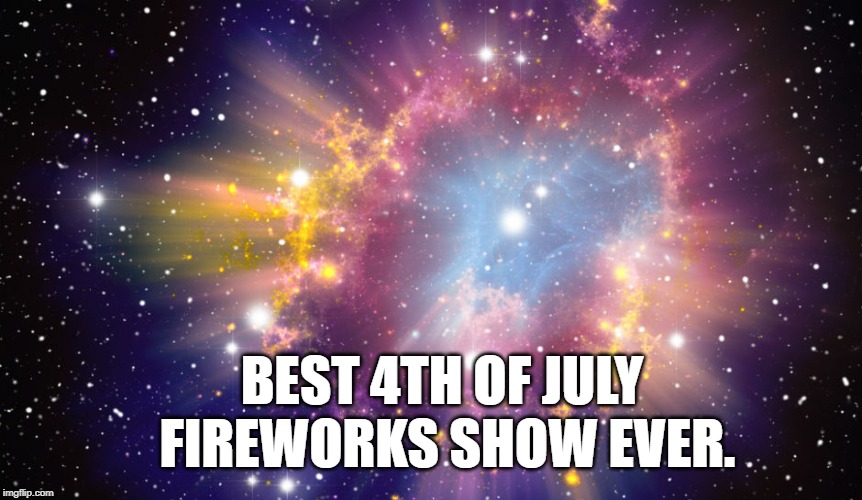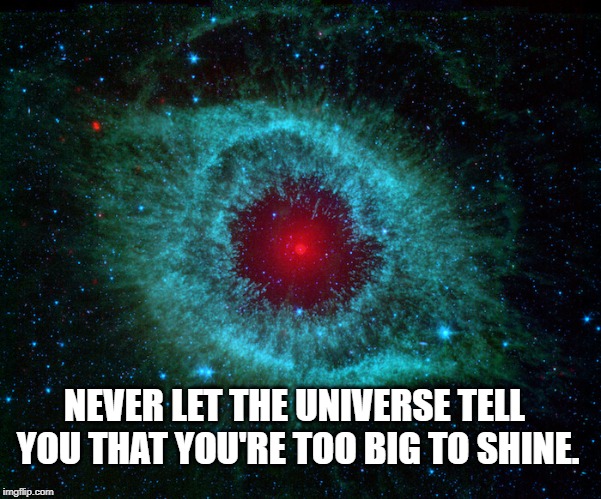Table of Contents (click to expand)
Rigel is the brightest blue supergiant star, and can be found in the constellation Orion. It is considered the seventh-brightest star in the night sky and is almost always the brightest star in the Orion constellation. Rigel is a massive blue supergiant star, and is 60,000-350,000 times brighter in terms of luminosity than our sun. The star is also 74 times larger than our sun, and has a surface temperature more than double our paltry star.
Since time immemorial, walking beneath the endless blanket of stars has been a mesmerizing pastime for human beings. As we grow older, we begin to recognize constellations and even choose our favorites—typically the ones we see the most often!
Constellations are fun to find, but when those constellations also have extremely bright stars, it becomes impossible to ignore them in the night sky. One of the first constellations that every child and amateur astronomer learns is Orion, which is not only an easy arrangement to spot, but also contains a star named Rigel—one of the brightest stars in the sky!
What Is Rigel?
Rigel is a massive blue supergiant star, and can be found in the constellation Orion, and it composes the “left foot” of the constellation. It is considered the seventh-brightest star in the night sky and is almost always the brightest star in the Orion constellation. However, this isn’t always true, since there is some variability in the star’s brightness, and a massive red supergiant named Betelgeuse (also in the Orion constellation) occasionally surpasses Rigel in terms of visible brightness.

The more formal name for Rigel is Beta Orionis, whereas Betelgeuse earned the scientific title of Alpha Orionis. Being the brightest blue supergiant in the sky, its luminosity obscures one of its most interesting features—the other stars that compose this multiple star system. There is Rigel A (the main visible supergiant), as well as Rigel Ba, Rigel Bb and Rigel C—all of which are considerably smaller, and form a triple star system within themselves.
In comparison to our sun, Rigel (Beta Orionis) is believed to be 60,000-350,000 times brighter in terms of luminosity, but due to some uncertainty about its distance, and its variable luminosity, the exact brightness is difficult to determine. Suffice to say, it’s nearly impossible to miss this star in the sky, particularly due to its unique blue color, as compared to many of the yellow, orange and red-tinged stars in our grand astral proscenium.
Also Read: What Is Regulus?
Why Is Rigel So Bright?
If you’ve ever admired the Orion constellation, it would have been hard to miss the blue beacon that is Rigel, but that brightness is particularly remarkable because the best estimate on its distance from our solar system is approximately 860 light-years away. It can be difficult to comprehend such “astronomical” distances, but to help put it in perspective, the light from our nearest star, the sun, takes only 8 minutes and 20 seconds to reach Earth. In comparison, that glittering blue light you see in the night sky has taken more than 8 centuries to reach your eyes.

In terms of why this massive blue supergiant, at the top estimate, is more than 350,000 times the brightness of our sun, the answer to that is both simple and complex. Our nearest star, the Sun, produces as much energy as 100 billion tons of dynamite per second, and has an approximate surface temperature of 5810 K. It is also so large that roughly 1.3 million Earth-sized planets could fit inside of it. Even so, in comparison to Rigel, our sun is nothing special. Rigel is about 74 times larger than our sun, and boasts a surface temperature more than double our paltry star.
Being a different class of star and being at a different stage of its life cycle also affects the luminosity of Rigel. Due to its massive size, Rigel has already burned through a huge amount of fuel, so despite it only being 10 million years old—a baby compared to our local star—it has moved past burning its hydrogen core. Eventually, it will begin to burn helium, oxygen and silicon, just like other massive red supergiants, heading inevitably for its final end—a supernova. Experts believe that when this titanic star goes supernova, it will shine like a second moon in the sky.

When a star is as large as Rigel, and burns through fuel at such a voracious pace, the sheer volume of energy being produced and radiation being emitted is monumental. Rigel remains one of the largest blue supergiants ever discovered, so it comes as no surprise that it shines like such a beacon among the stars.
Also Read: Is The Brightest Star In The Night Sky Really The Brightest Star Out There?
How Does Rigel Measure Up?
Humans have an affinity for comparison, as it helps us understand the world (and universe), even if the scales are incomprehensible for our small, inexperienced brains. So, after learning that Rigel dwarfs our sun like a beach ball beside a cotton ball, it’s only natural to wonder how it measures up against the other stars in the sky.
Now, as mentioned, Rigel is believed to be about 74 times more massive than our Sun, but that only gets halfway to the theoretical limit for the size of a star. Yes, that’s correct…. scientists believe that the size limit for stars in our universe is approximately 150 times the mass of our sun. Once this limit is reached, it is believed that the radiation pressure is too great for a star to condense and form from within a massive gas cloud or nebula.

In other words, we believe that stars can get twice as large as Rigel—the star that gleams brightly to the naked eye in our sky from 860 light-years away! However, the larger a star is, the shorter-lived it will be, and since so many stars form and exist within gaseous nebulas, largely obscuring our view, there could be even larger stars out there, being born, growing up and burning out before we ever get a chance to witness their radiant glory!
Also Read: How Big Is The Sun?
A Final Word
Over the next few million years, as Rigel progresses through its life cycle, its brightness will continue to vary, but for as long as human being are around, the mysterious gleam in Orion’s toe will continue to capture our imagination, and remind us of the magnificent scale and scope of the universe.
How well do you understand the article above!

References (click to expand)
- Rigel: Orion's Brightest Star - Space.com. Space.com
- Earth's sun: Facts about the sun's age, size and history | Space. Space.com
- Kastner, J. H. (2002, January 15). Imaging Science in Astronomy. Encyclopedia of Imaging Science and Technology. John Wiley & Sons, Inc.
- (1953) Stellar Associations and Supernovae - NASA/ADS. The SAO/NASA Astrophysics Data System
